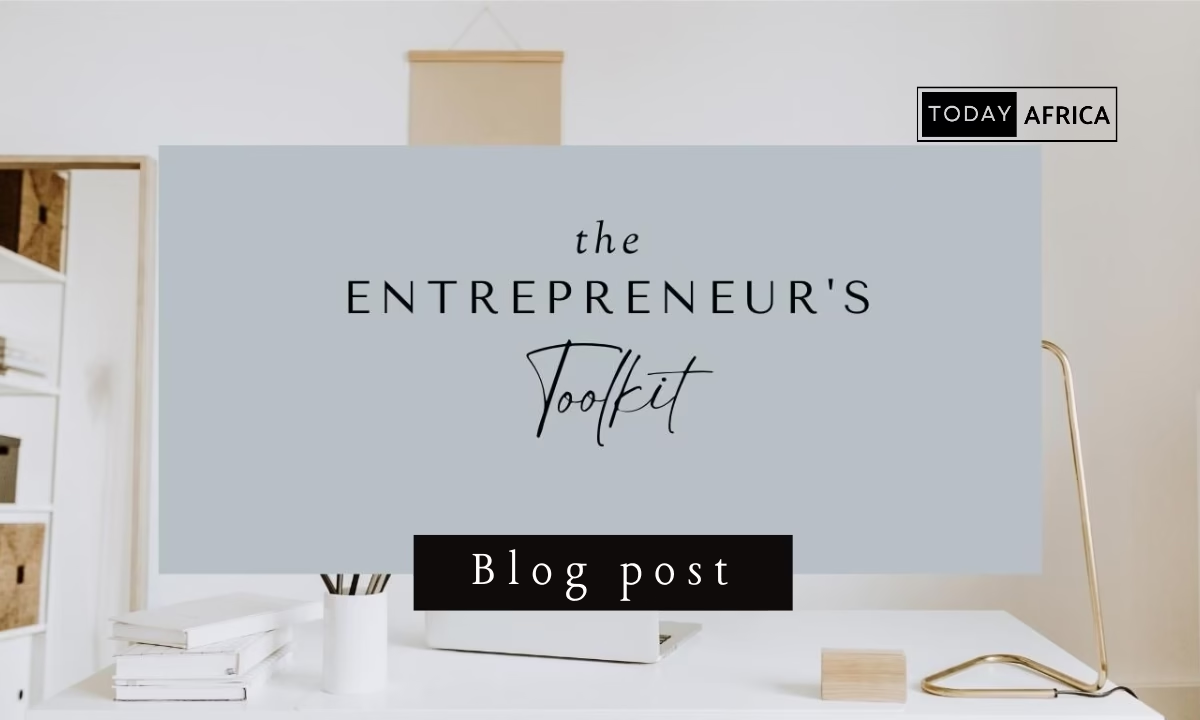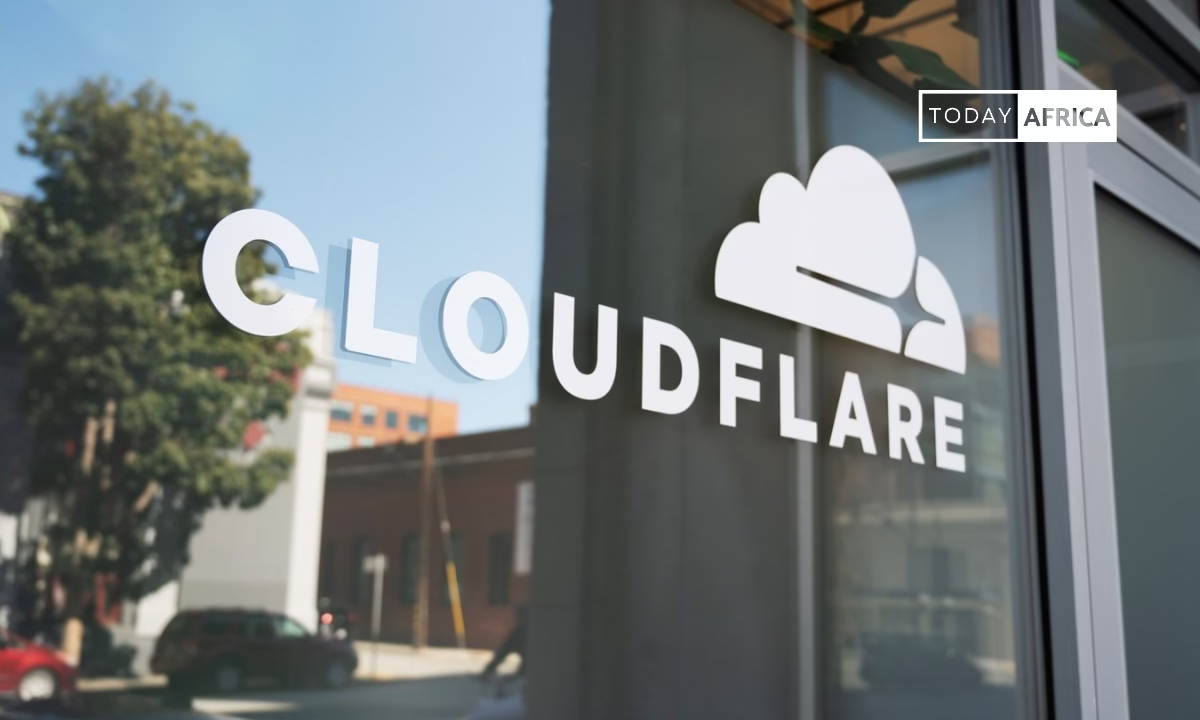Building a brand isn’t just about having a recognizable logo or clever tagline.
It’s about creating an identity, experience, and emotional connection that makes people want to return, not once, but over and over again. Think about brands like Apple, Nike, or Coca-Cola.
People don’t just buy their products, they buy the story, the feeling, and the community behind them.
So, how do you get to that level of loyalty? How do you turn casual customers into lifelong fans?
By the end of this article, you’ll understand how to build a brand customers love with strategies you can implement today, supported by real examples and actionable insights.
What do customers really want
You can have the most innovative product or the most eye-catching ad, but if it doesn’t align with what people need, they won’t stick around. Loyalty comes from understanding the customer deeply and consistently delivering value.
Know your customers inside out
It sounds obvious, but many brands stop at basic demographics: age, gender, location. That’s only the surface. To truly build a brand that people adore, you need to understand their motivations, challenges, and desires.
Ask questions like:
- What are the problems my customers are trying to solve?
- What emotions drive their purchasing decisions?
- Which brands do they already love, and why?
Tools like customer surveys, social media listening, and analytics can help you uncover these insights.
For instance, when Airbnb started, the company didn’t just focus on travelers; they identified the desire for authentic, local experiences. That understanding became the foundation of their brand and gave them an edge over traditional hotels.
Map the customer journey
It’s not enough to understand your audience; you also need to understand every touchpoint where they interact with your brand. The journey isn’t linear; it’s a series of moments where you can delight, inspire, or disappoint.
Consider:
- Website experience: Is your website intuitive, fast, and helpful?
- Customer service interactions: Are queries resolved quickly and pleasantly?
- Social media engagement: Are you engaging authentically with followers?
- Packaging and unboxing: Does it leave a positive impression?
Every interaction is an opportunity to reinforce your brand values and build trust. Zappos, for example, became legendary for customer service, even offering a 365-day return policy.
The result? Customers didn’t just buy shoes; they bought a relationship.
Craft a memorable brand identity
Your brand identity is the personality and soul of your business. It’s what makes you recognizable and gives customers something to connect with emotionally.
Define your brand purpose and values
Customers today are loyal to brands that stand for something meaningful. Your purpose should answer why your business exists beyond making money.
Take Patagonia. Their commitment to environmental sustainability isn’t a marketing gimmick; it’s embedded in every decision, from sourcing materials to activism campaigns. Customers feel aligned with that purpose, which drives trust and loyalty.
To define your brand purpose, ask yourself:
- What do we stand for?
- How should customers feel when interacting with our brand?
- What principles guide our decisions?
Purpose-driven brands often outperform competitors because they resonate on an emotional level. People don’t just buy products, they buy a shared belief.

Develop a consistent visual and verbal style
Consistency builds recognition and trust. Your brand’s visuals and messaging should be cohesive across all platforms. This includes:
- Color palettes, typography, and imagery that reflect your personality
- Tone of voice: friendly, authoritative, playful, or empathetic, applied consistently
- Messaging that reinforces your values and purpose
Apple’s minimalistic design, simple product names, and clear messaging create a cohesive experience across all channels. Every touchpoint reinforces their identity, making it easier for customers to trust and remember them.
Read Also: African Entrepreneur’s Toolkit: Free Apps and Resources to Start Smart
Create exceptional customer experiences
Even the strongest brand identity will falter if the customer experience doesn’t match expectations. People return to brands that make them feel valued, understood, and delighted.
Personalize your interactions
Personalization shows that you see your customers as individuals, not just transaction numbers. It can be as simple as using someone’s name in an email or as advanced as recommending products based on browsing behavior.
Spotify, for example, sends users personalized playlists and recommendations every week. This level of thoughtfulness creates emotional bonds that keep users engaged and returning regularly.
Deliver value beyond the product
A brand that consistently provides value beyond the product becomes indispensable. This can include:
- Educational content such as how-to guides or webinars
- Community-building initiatives like forums, social groups, or events
- Surprise perks such as loyalty rewards or exclusive offers
Sephora’s Beauty Insider program demonstrates this perfectly. Customers receive points for purchases, exclusive gifts, and early product access. By rewarding engagement and providing unique experiences, Sephora turns ordinary shoppers into loyal advocates.
Read Also: How to Find a Co-founder Who Complements Your Strengths
Build trust through transparency and authenticity
Trust is the foundation of loyalty. Customers return to brands they believe are honest, ethical, and consistent.
Be honest about your products and services
Honesty goes a long way. Overpromising or hiding flaws may generate initial sales, but it erodes long-term trust. Transparency, on the other hand, attracts customers who appreciate authenticity.
Everlane, a clothing brand, uses “radical transparency,” sharing product costs and factory details. This honesty builds credibility, and their customers become passionate supporters.
Handle mistakes gracefully
Mistakes happen. What matters is how you respond. Quick, empathetic responses can turn a negative experience into a loyalty-building opportunity.
JetBlue, during a major flight cancellation crisis, handled the situation by taking responsibility, compensating passengers generously, and communicating openly. Customers who could have left the brand ended up appreciating the honesty and responsiveness.
Engage your community and encourage advocacy
The strongest brands aren’t just purchased, they’re shared. People become loyal when they feel part of a community and when they are empowered to tell others about their experience.
Build engagement on social media
Social media is more than a marketing channel; it’s a space to create meaningful interactions. Brands that listen, respond, and celebrate their customers build stronger relationships.
Glossier, the beauty brand, grew largely through community engagement. Fans contribute product ideas, reviews, and content, creating a feeling of ownership and belonging. That sense of inclusion fuels loyalty.
Encourage word-of-mouth marketing
People trust recommendations from friends and family more than any advertisement. Make it easy for customers to share their experiences:
- Offer referral programs
- Create shareable content
- Highlight user-generated content on your platforms
Dropbox’s referral system is a classic example. Users earned extra storage for inviting friends, fueling rapid growth and deep customer loyalty through simple, practical incentives.
Read Also: How to Build a Brand Story from Day One
Measure and refine your brand strategy
Building a beloved brand isn’t static, it’s an evolving process. Monitoring performance ensures you stay relevant and continue delivering value.
Track customer feedback
Customer feedback is a goldmine of insights. Look for:
- Net Promoter Score (NPS) to gauge likelihood of referrals
- Customer satisfaction scores (CSAT) to measure experience quality
- Repeat purchase rates to track loyalty over time
Social listening and online reviews also reveal trends and unmet needs, guiding improvements in products and experiences.

Iterate based on data
A strong brand evolves with its audience. Test new messaging, offers, and engagement tactics to see what resonates most.
Amazon is a prime example, they continuously experiment with recommendations, features, and delivery options to keep customers engaged and satisfied.
Small businesses can do the same. Even small adjustments based on feedback, like improving packaging, enhancing support, or tweaking a loyalty program can significantly boost customer satisfaction and retention.
Read Also: Creative Economy: Africa’s Global Soft Power
Conclusion
Building a brand customers love isn’t about luck, it’s about intentional strategy.
It requires understanding your audience deeply, crafting a distinctive identity, delivering exceptional experiences, building trust, and fostering a loyal community.
Each element reinforces the others, creating a brand that isn’t just bought, it’s cherished.
Start today by taking one actionable step: analyze a touchpoint in your customer journey and improve it to better reflect your brand values.
It might be your website, customer service, or social media engagement. Over time, these consistent improvements compound into lasting loyalty.
FAQs
How long does it take to build a brand customers love?
It varies, but generally, it takes months to years of consistent effort. The key is persistence and continuously refining your strategy based on feedback.
Can a small business build a loyal brand like Apple or Nike?
Absolutely. While scale differs, the principles, understanding your audience, creating value, and building trust, apply to any size business.
How important is social media in building brand loyalty?
Social media is crucial for engagement, community building, and advocacy. It allows you to interact with customers, share your story, and reinforce your brand identity.
Should I focus more on products or brand experience?
Both are important, but a great brand experience often drives repeat business even more than product features. Products can change, but a strong brand experience keeps customers coming back.
How do I measure if my brand is truly loved?
Look at repeat purchase rates, referrals, customer feedback, social engagement, and Net Promoter Scores. High scores across these areas indicate strong loyalty
Leave a comment and follow us on social media for more tips:
- Facebook: Today Africa
- Instagram: Today Africa
- Twitter: Today Africa
- LinkedIn: Today Africa
- YouTube: Today Africa Studio















